Charlotte Wessel
SET
Throughout the play Helen expresses frustration and grief around her inability to exert influence on the formulaic progression of her life. My method of connecting the audience to Helen’s anguish was through using architecture that evoked similarly intense, and often negative, emotions. In examining structures from the Stone Henge, to the Pantheon, and even the Brutalist movement, I found that they shared both common forms, and elicited similar emotions. When faced by these monolithic structures, there is a sense of powerlessness, of awe, and of in some cases, fear.
In my design, this monumentality manifests in the immense sheets of concrete that define the space, as well as the height of the walls and windows that extend into the fly tower, so as to appear endlessly tall to the audience.
Besides representing Helen’s mindset, this design also acts as a distillation of the city – it is simply glass, concrete, and light.
COSTUME
Most of the costumes utilise fashions from around 1926 to 1930.
The clothing in this play exists on a spectrum from warm to cool, fluid to rigid. Warm colours and drapey fabrics belong to the softer, more individualistic characters, whereas cooler tones and stiff materials belong to those characters that conform to the expectations of their environment.
The first episode is vital in establishing this dynamic, with the contrast between Helen and the office workers demonstrating the link between clothing and non/conformity. This is achieved through dressing Helen in the most unique outfit of the play, namely a flowing dress of patterned magenta chiffon. At no point will another character wear a garment that is as daring as this dress. While the supporting characters will continue to wear blue and green throughout the nine episodes, Helen’s clothing undergoes a gradual transition. By the final episode, Helen wears grey shirting, a symbol of the triumph of the mechanised world over her.
LIGHT
Sophie Treadwell was born in 1885, and as such, was old enough to have experienced the introduction of both fluorescent and neon light.
In my design, neon lights act as a foil to the concrete walls and demonstrates the duality of the city. The first side to the mechanised city is categorised by the unfeeling ugliness of concrete and its association with council flats, Eastern Bloc architecture, and industrial buildings. However, the city is equally categorised by glittering excess, the intoxicating 1920s nightlife, and beauty of modern technology.
-

Charlotte Wessel - Storyboard -

Charlotte Wessel - Storyboard -
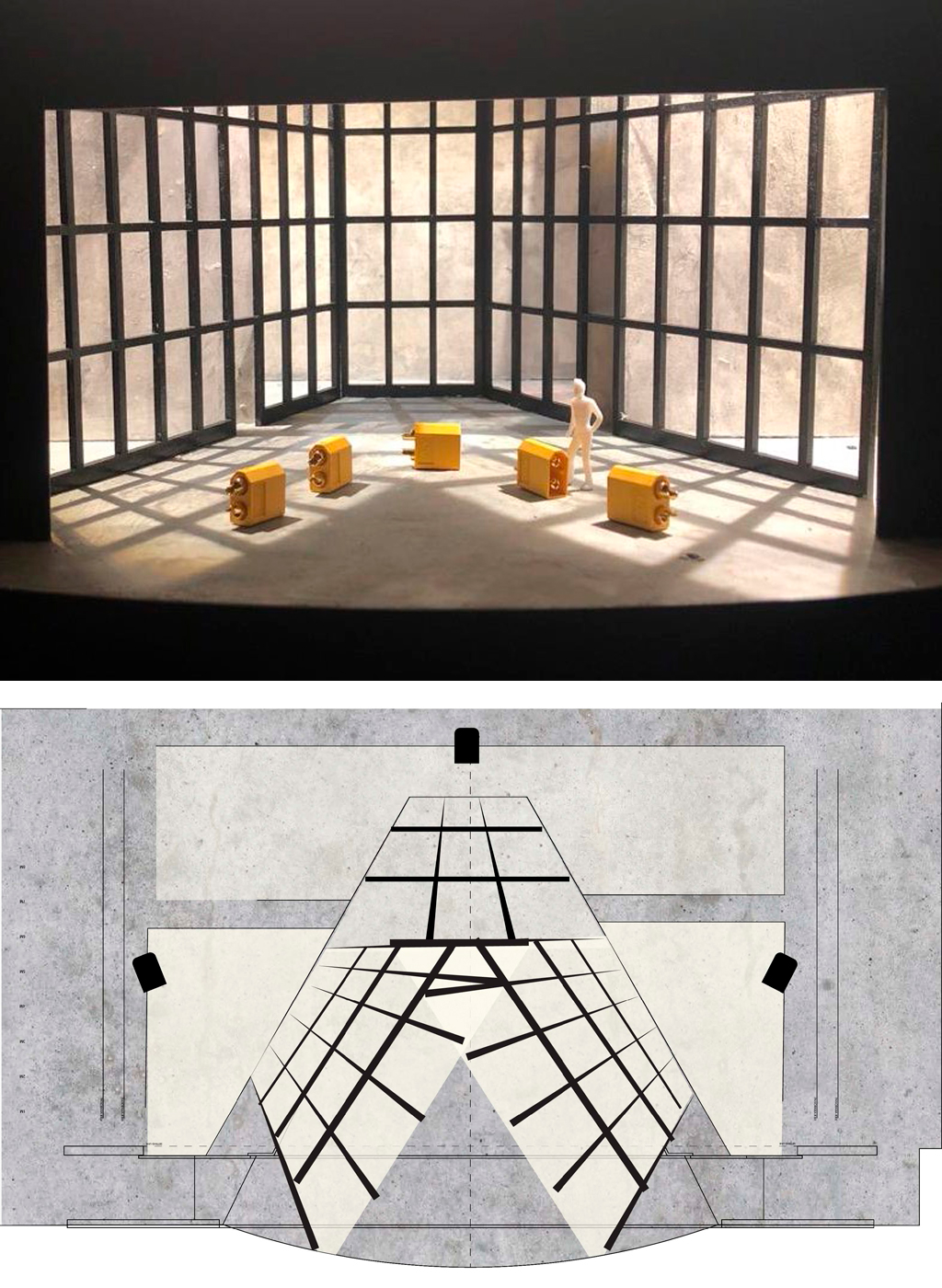
Charlotte Wessel - Lighting -
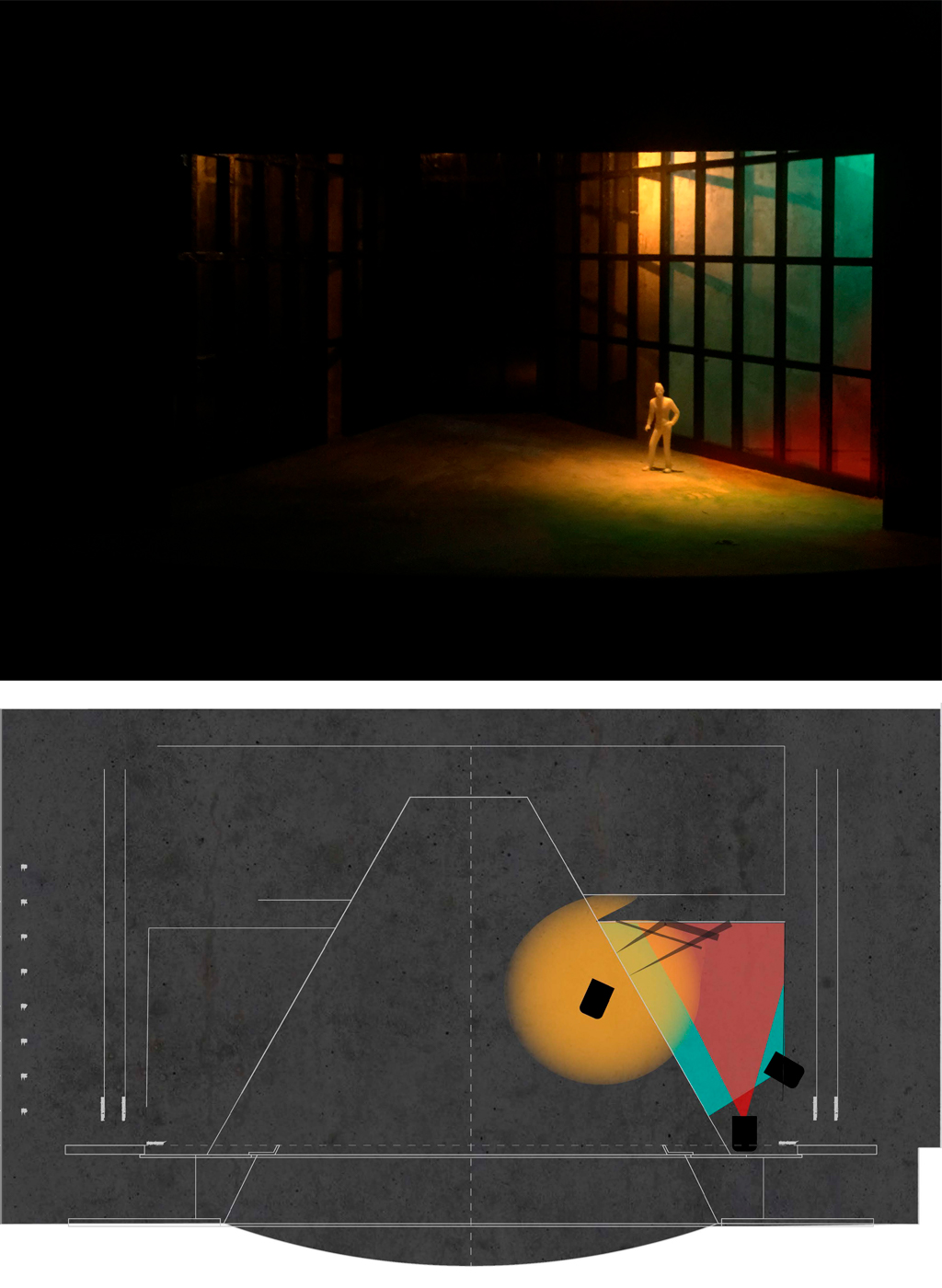
Charlotte Wessel - Lighting -
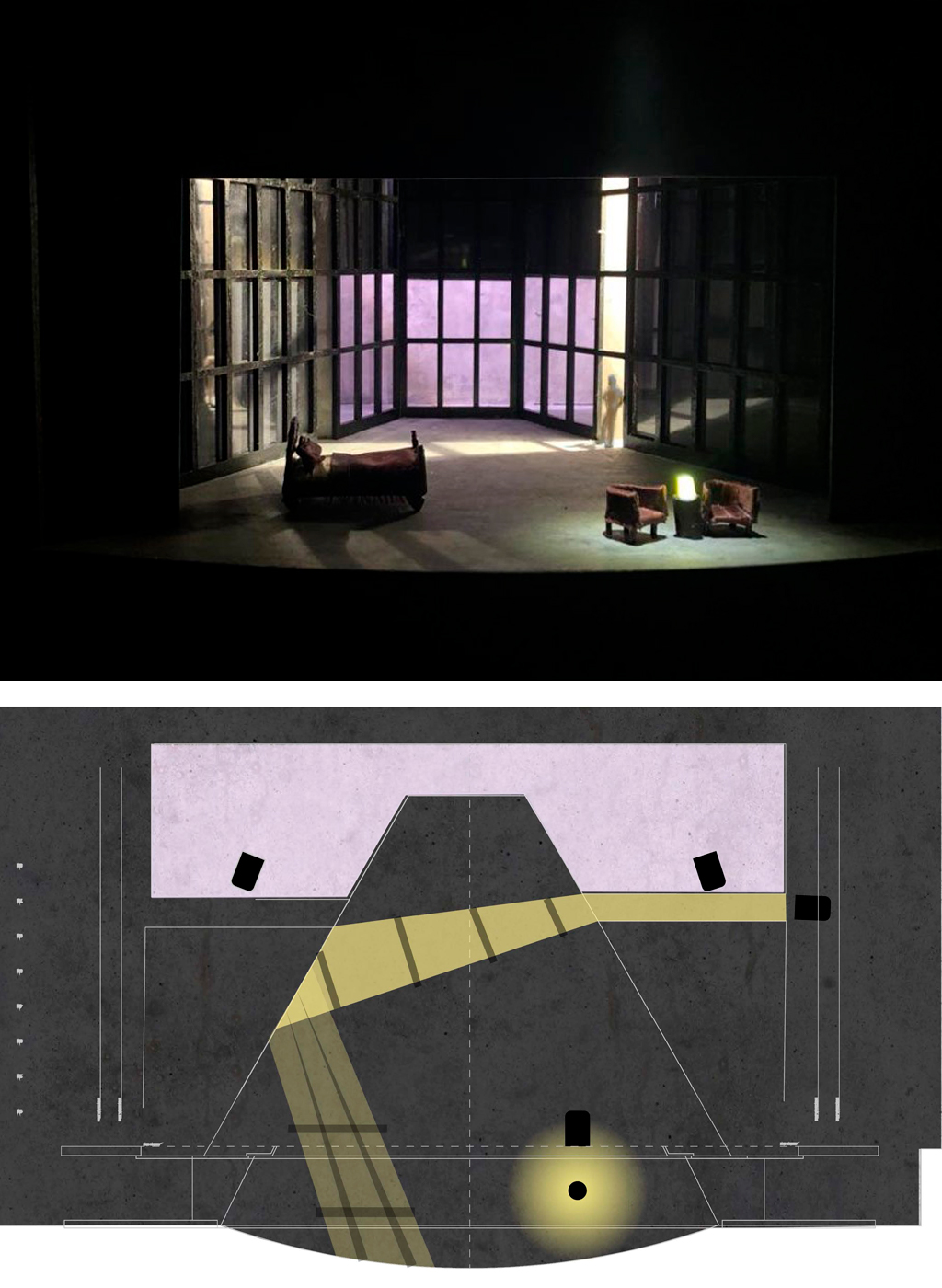
Charlotte Wessel - Lighting -
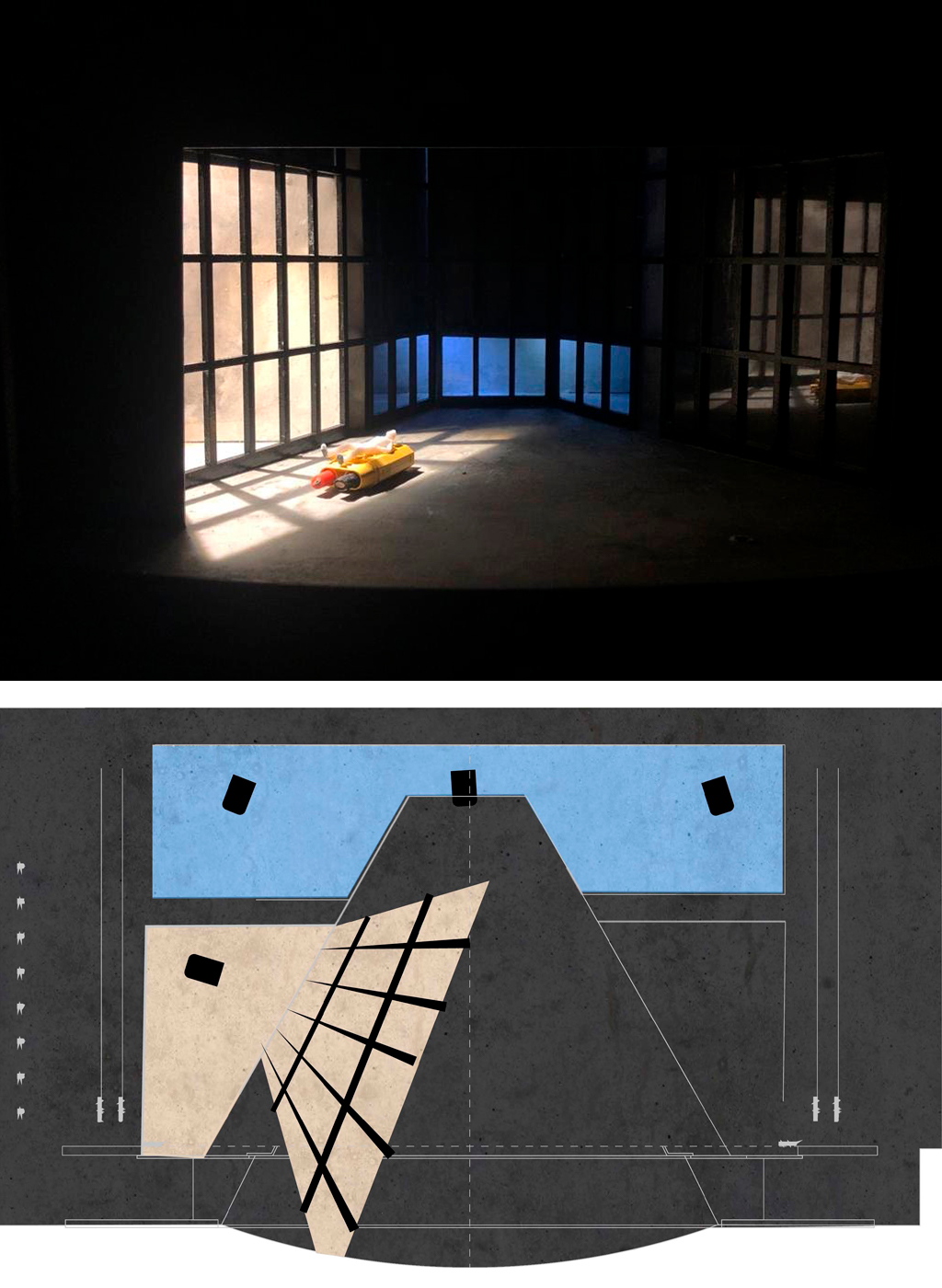
Charlotte Wessel - Lighting -
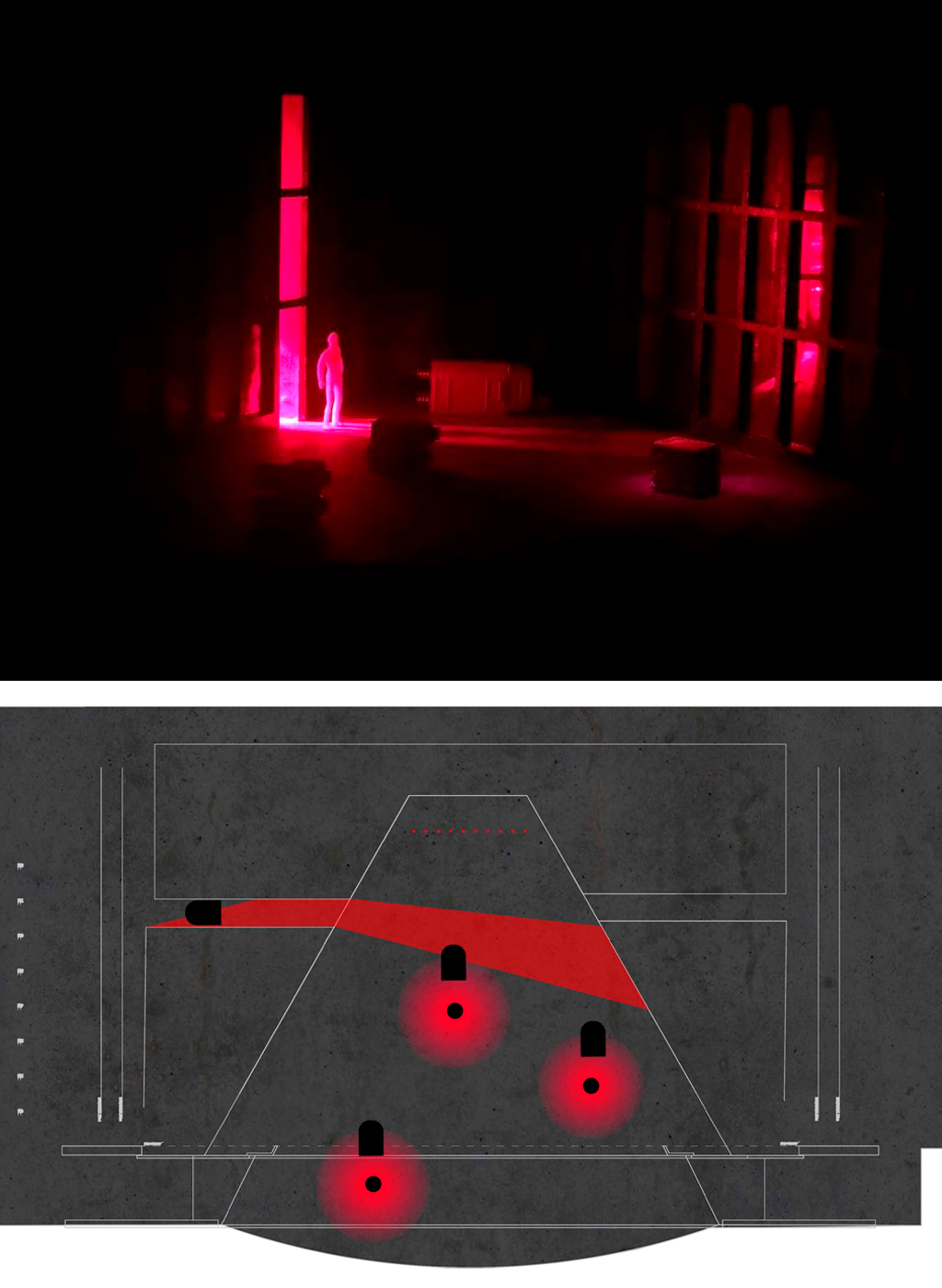
Charlotte Wessel - Lighting -
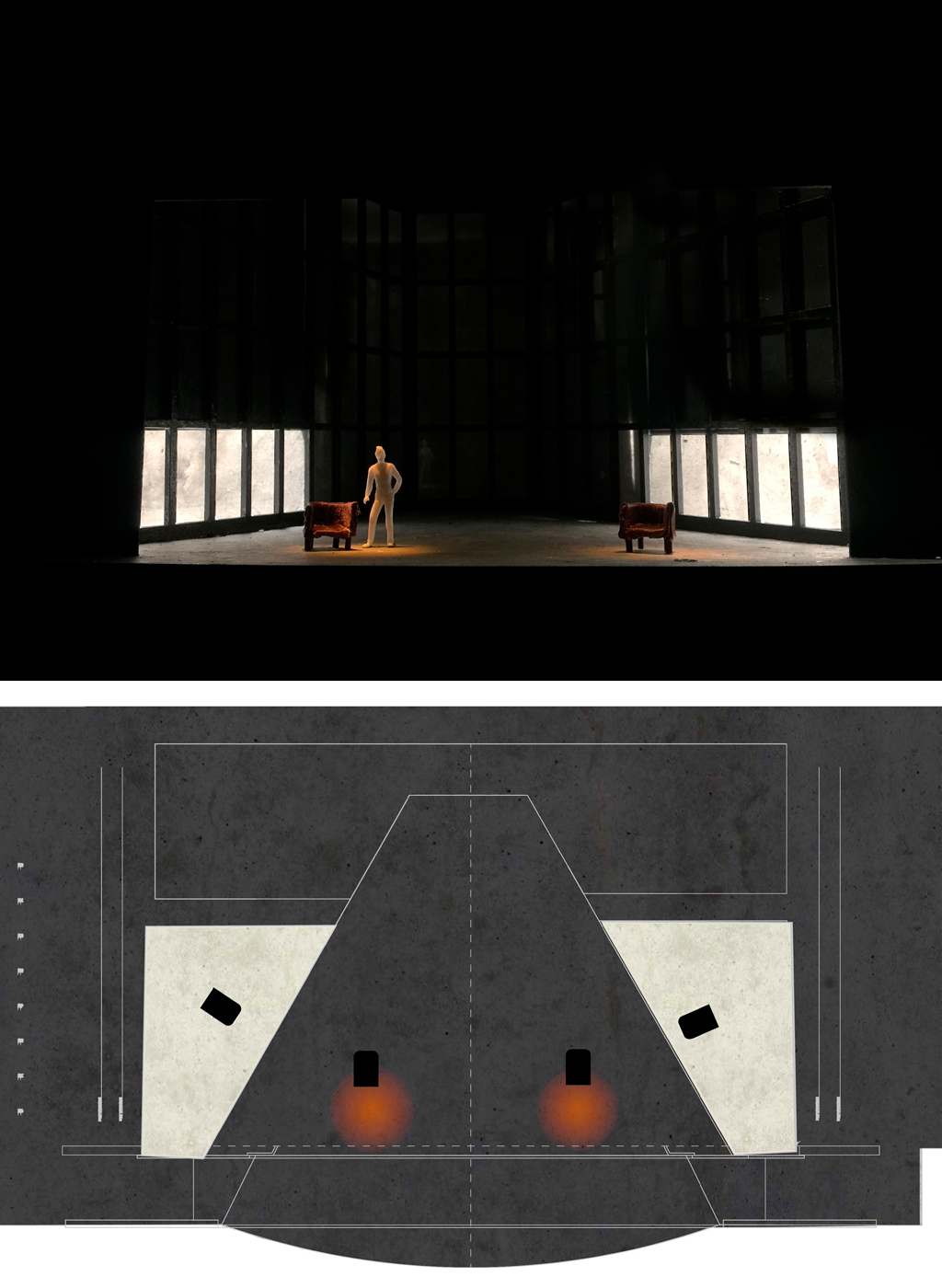
Charlotte Wessel - Lighting -
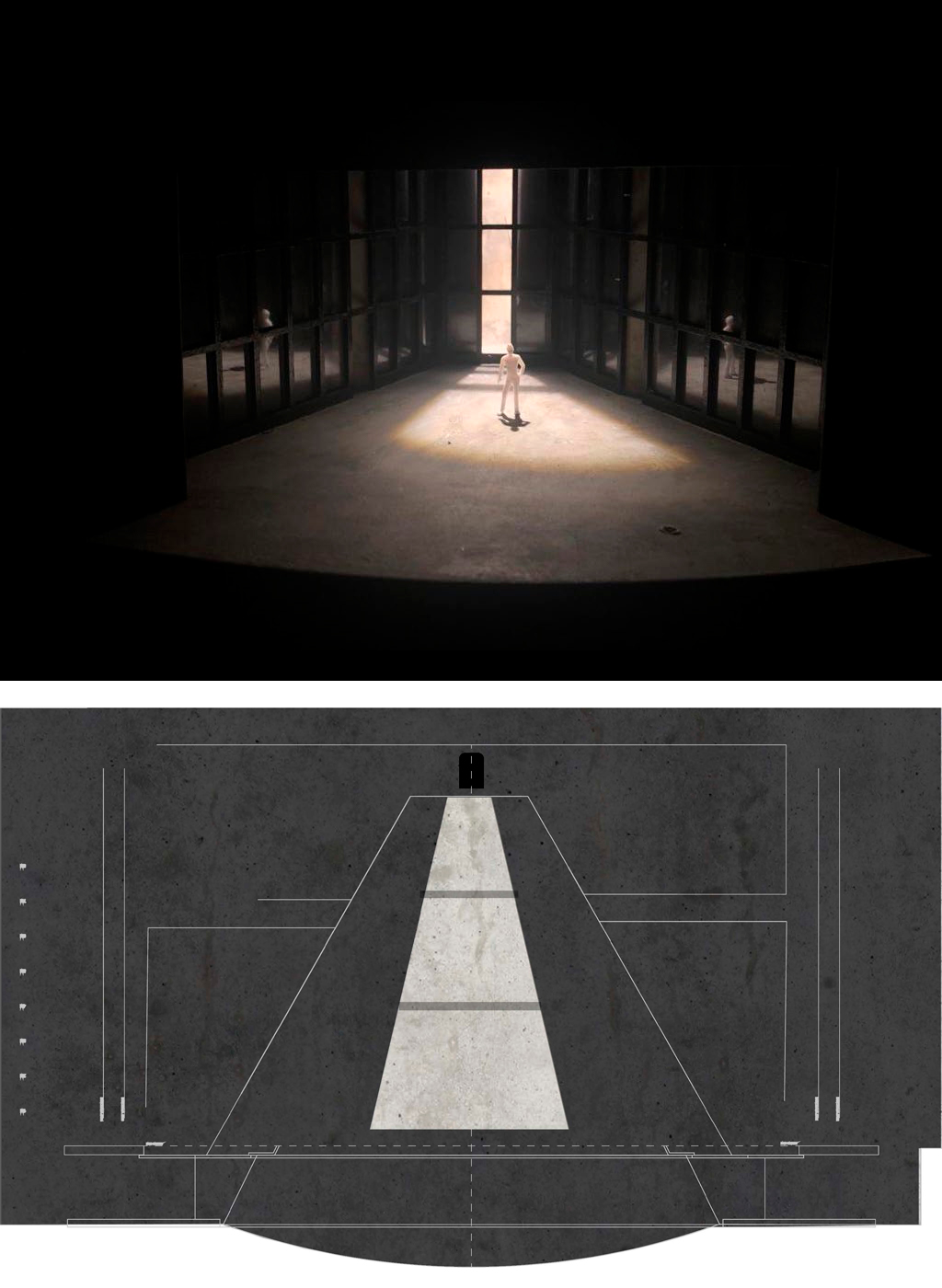
Charlotte Wessel - Lighting -

Charlotte Wessel - Costume -

Charlotte Wessel - Costume -

Charlotte Wessel - Costume